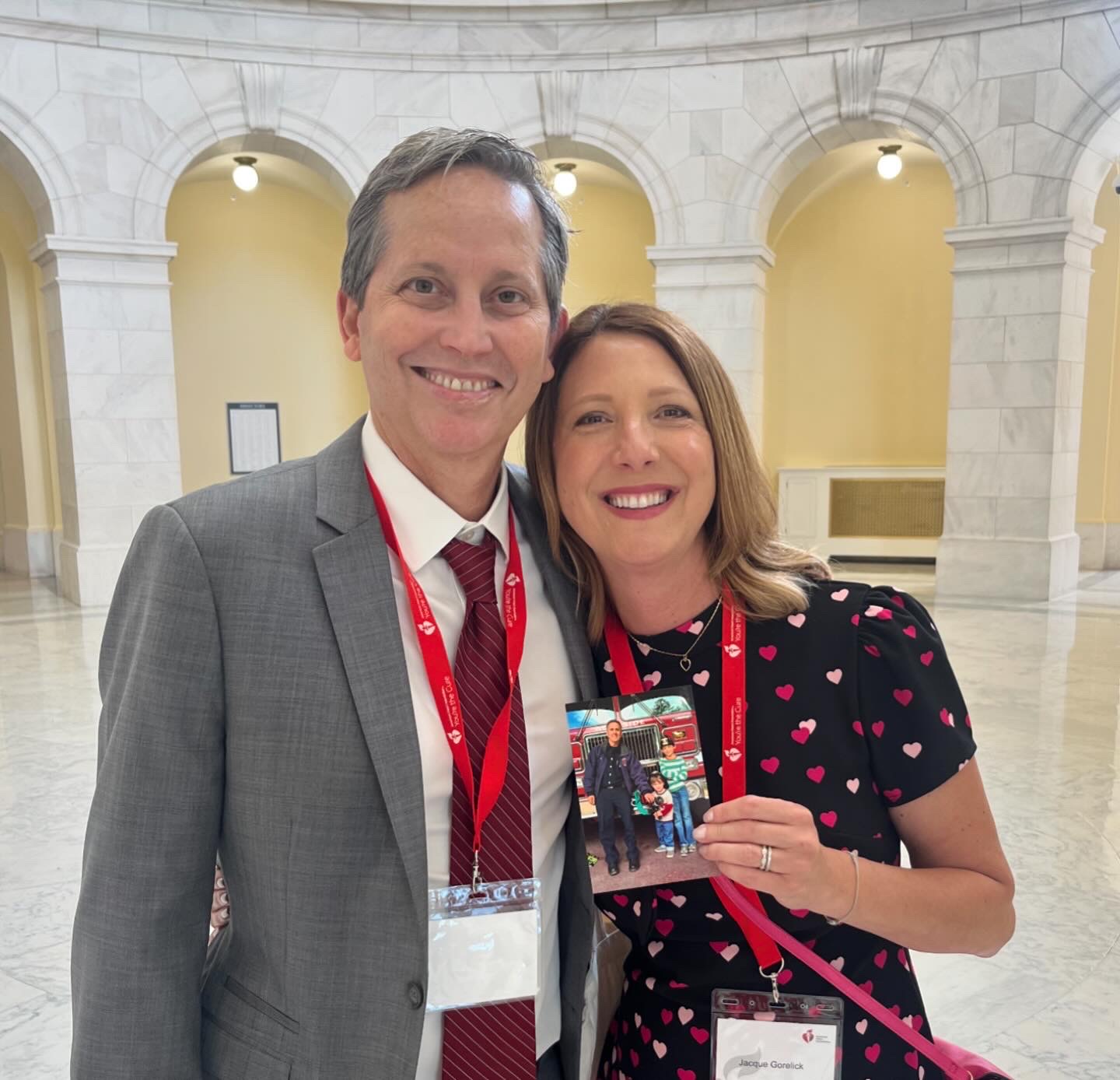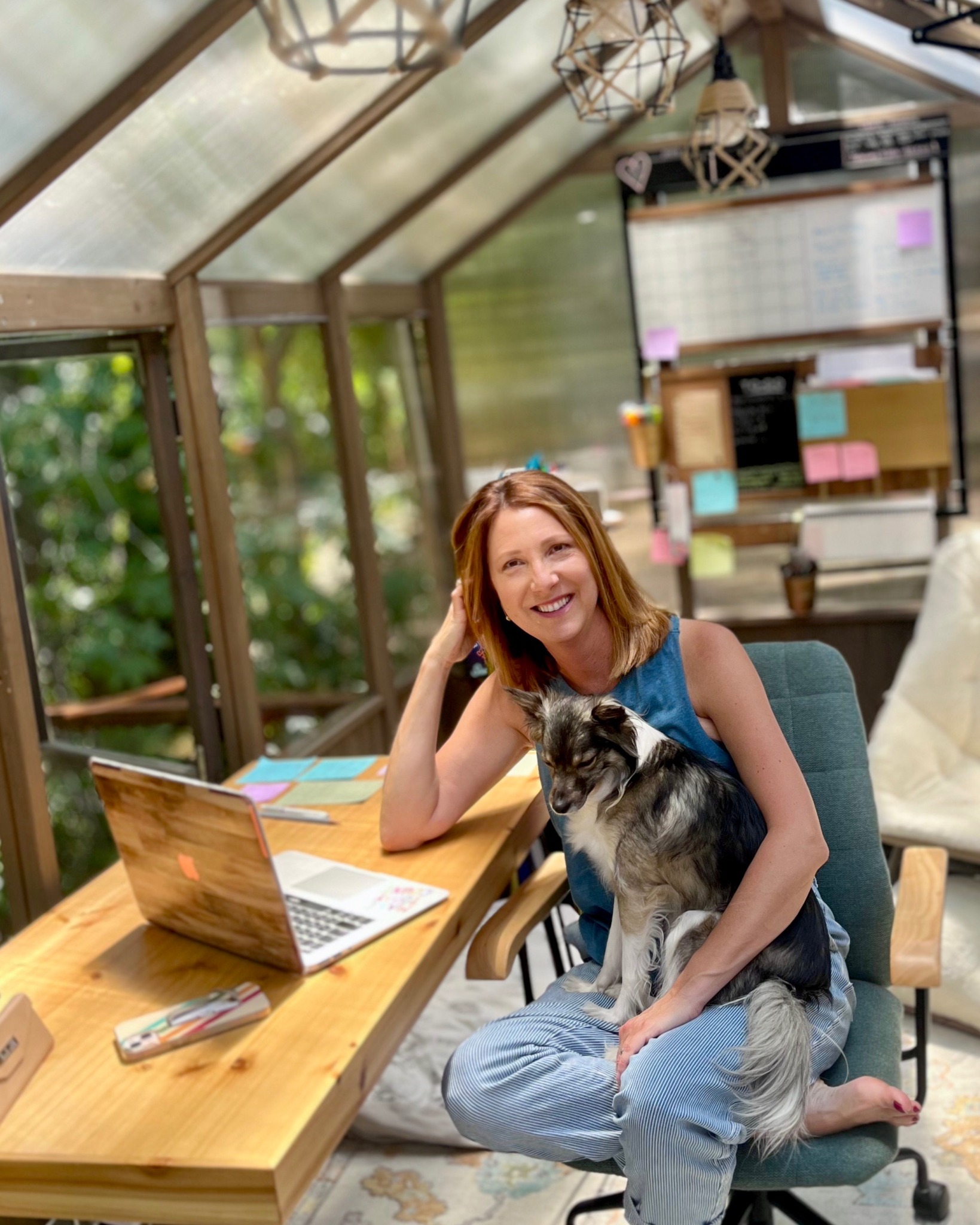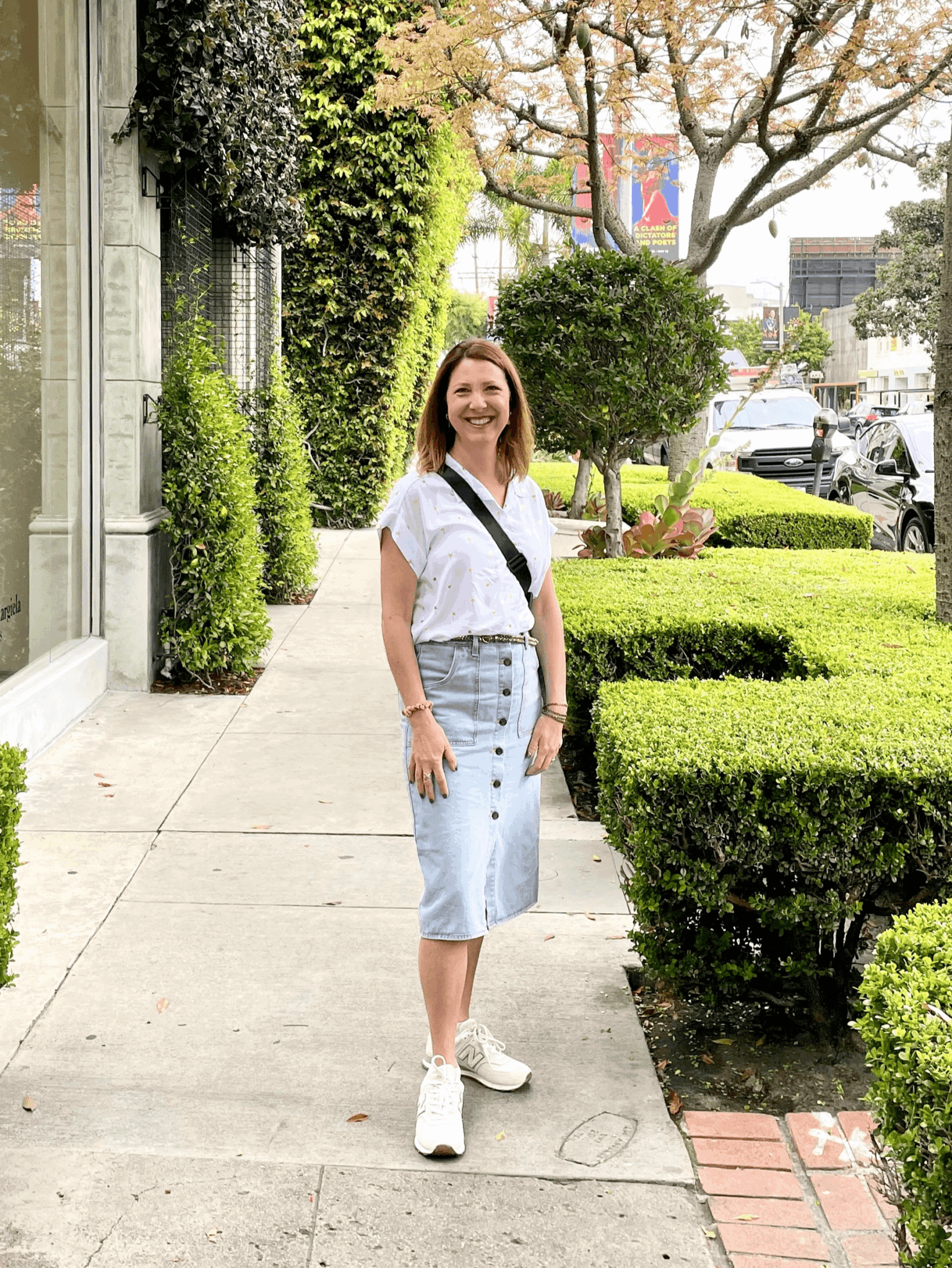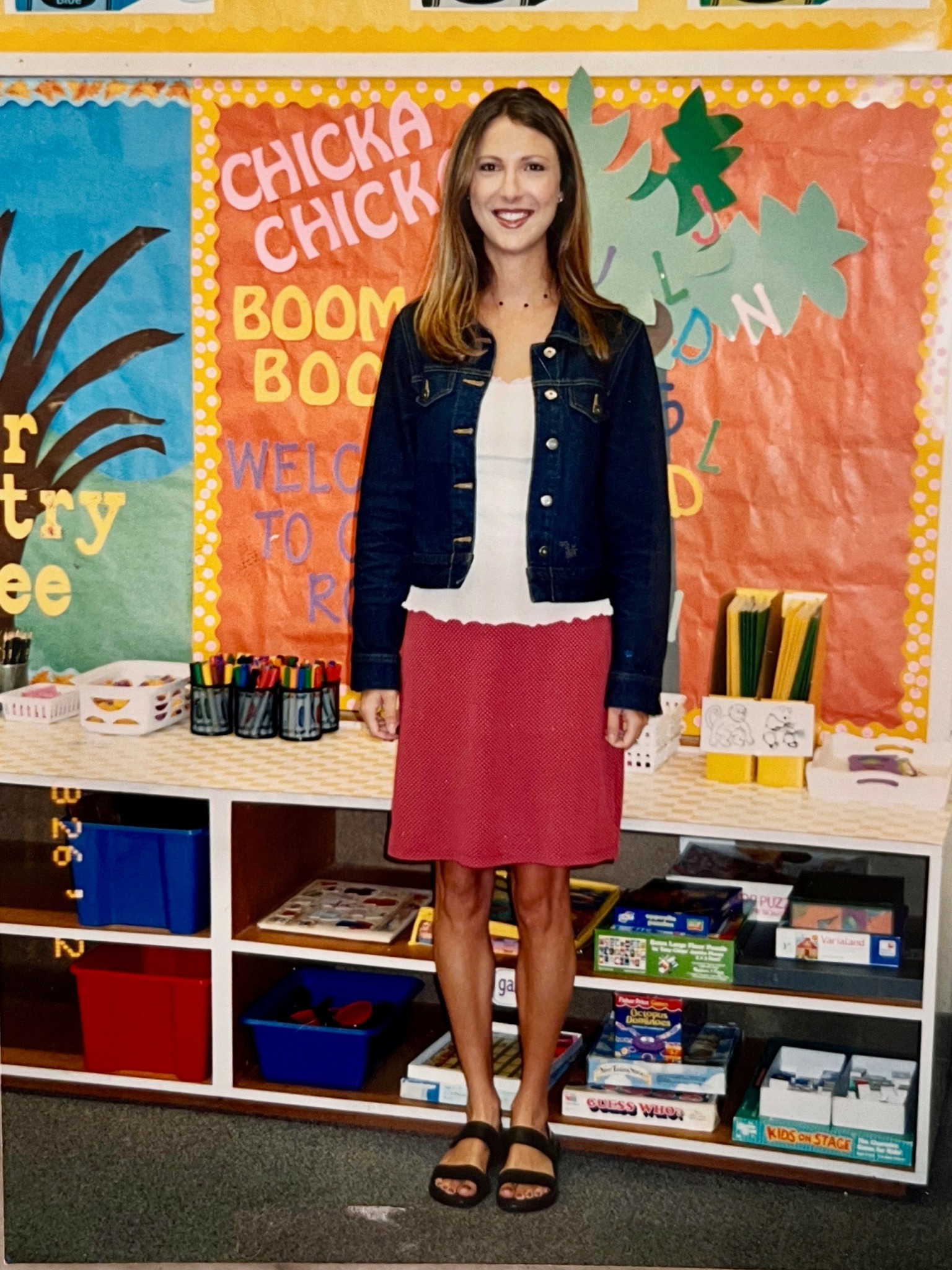We’re excited to introduce you to the always interesting and insightful Jacque Gorelick. We hope you’ll enjoy our conversation with Jacque below.
Jacque, appreciate you joining us today. If you could go back in time do you wish you had started your creative career sooner or later?
I began freelance writing after spending most of my life working in education. Even as a teenager, I worked with kids in some capacity, so the solitude of a writing life was a shift. But one that made sense. When I left teaching, which was a creative career in many respects, I knew I’d need to do something to tap into that side of myself. I’d always been a reader and journaled off and on, so I had this innate need to make sense of things through writing. In that sense, it wasn’t such a huge leap.
I taught young kids and found it rewarding but all-consuming. I don’t think I could have managed to write while I was planning curriculum and meeting the needs of my students—and then also the needs of my family. I know so many writers do, and I am in awe of them. I was just out of creative juice when I was teaching. My background in education, particularly the aspect of being a lifelong learner, following current research, and continually adapting, lent itself to a career pivot. I’m always up for learning something new and challenging myself.
I came to writing late. I didn’t have an MFA or any formal training, so I felt behind for my age. Teaching required me to learn and try new things all the time, so in that way, it was a perfect bridge to being a student and learning about the craft of writing. I began with essays and writing about motherhood and education—the topics that were unfolding in my life at the time. Then, as I became more interested in literary writing and creative nonfiction, I started to look to the past. In that way, coming to writing later in life was beneficial, as I had an untapped landscape of material to excavate.
It was powerful to mine my experiences and make meaning on the page. Some of that happens when there is a distance between the lived experience and writing about it. My memoir deals with family loss, estrangement, and medical trauma, so for me, coming to writing later in life gave me the perspective I needed to tell that story.

Awesome – so before we get into the rest of our questions, can you briefly introduce yourself to our readers.
When I left teaching, I looked for classes to channel my creativity. I knew I wanted to write, so I found some courses through my local university. One was a memoir class with Rachael Herron. I didn’t think I’d write one, but I loved reading memoirs and wanted to better understand them. She was an inspiring and motivating instructor who encouraged her students to step into their stories and claim them, no matter their professional background or experience level. By the end of that quarter, I had a general idea of the structure and the beats that became my debut memoir, MAP OF A HEART: A Memoir of Love, Loss, and Finding the Way Home (Vine Leaves Press, February ’26).
While I was drafting and revising my memoir, I continued taking classes to hone my skills and deepen my understanding of the craft. Melanie Bishop has one on crafting a Modern Love piece, and even though I haven’t cracked that column, I learned so much from her about revising and cutting out anything that doesn’t move the story forward in some way—zooming in on what is crucial and cropping out the rest.
In addition to classes and workshops, I consumed everything I could about the craft of creative nonfiction. I read essays from commercial and literary publications, craft books by Anne Lamott and Mary Karr, and listened to podcasts like #amwriting and Let’s Talk Memoir. I followed writers I admired on social media and joined critique groups. I was determined to push myself to learn about the business side of writing, like pitching and querying. Susan Shapiro’s Byline Bible was my go-to when I first started sending out pieces to editors. I learned the most about the nuts and bolts of pitching and querying from engaging with other writers in the writing community. In my experience, writers are generous with their time and knowledge, so I saturated myself in it as much as I could. I still feel like I’m playing catch-up in a field I came to later in life, but that also keeps me on my toes.

We’d love to hear a story of resilience from your journey.
Writing my memoir required a lot of resilience. I started it in late 2017 and underwent many revisions. To get to a version I felt was query-ready required a lot of focus and determination. I was getting ready to send it out in the spring of 2020. Covid really stalled out my progress on my publication goals. I thought I’d get back to it when my kids went back to school in the fall of 2021, but then, the day my oldest started high school, I was diagnosed with breast cancer, so that put everything on pause.
I am fortunate to be in remission now, but it wasn’t until 2022 that I could turn my focus back to the memoir and concentrate on sending it out. I signed a contract in the spring of 2024, and it’s scheduled to be released in the winter of 2026. The entire process built resilience (and patience). It taught me about tending to a quiet, persistent dream without giving up—even when life has other plans.
The writing life requires a willingness to face rejection, which didn’t come naturally to me. I used to do everything I could to avoid perceived “failure,” and that resulted in me being my own “no” sometimes. I’m learning not to define myself by rejection but by my willingness to rework something and keep trying.
Some of my favorite essays were rejected multiple times before finding incredible homes in journals I love. There are so many reasons a piece gets rejected that aren’t even about the work. Writing has taught me to keep putting myself out there. I share my rejection stories with my kids because they face it too—in sports, school, music, college applications. I want them to know that beneath every success they see, there is a mountain of rejection. Most success is built from reworking our failed attempts. It comes from going back to the proverbial page and not giving up.

How about pivoting – can you share the story of a time you’ve had to pivot?
I’ve had to pivot a lot in life. My childhood was marked by near-constant change and instability. In my adult life, I craved stability and wanted that for my kids. A big pivot in my professional and creative life was leaving teaching. One of the reasons I left was my husband’s health. He had a sudden cardiac arrest in 2007, which is the central story in my memoir. Years later, he started to have some cardiac episodes again. It was really difficult to juggle frequent health emergencies, two kids, and my job. It’s not easy to miss a day in the classroom, and sometimes, I couldn’t find a substitute or make lesson plans. When his health was uncertain and his heart was erratic, we regrouped. I decided to stay home and be more available until things settled down.
Fortunately, his heart issues stabilized. But then we had the pandemic, and then I had cancer, so it turned out to be the best thing I wasn’t juggling teaching as well. I’ve had enough pivoting for a while—I just want to read, write, and spend time with my family and my dogs.
Contact Info:
- Website: https://www.jacquegorelick.com/
- Instagram: https://www.instagram.com/jacgorelick/
- Facebook: https://www.facebook.com/jacque.gorelick
- Other: Heartmatters: A Monthly Newsletter About What Connects Ushttps://jacquegorelickheartmatters.substack.com/



Image Credits
Lisa DeNeffe


